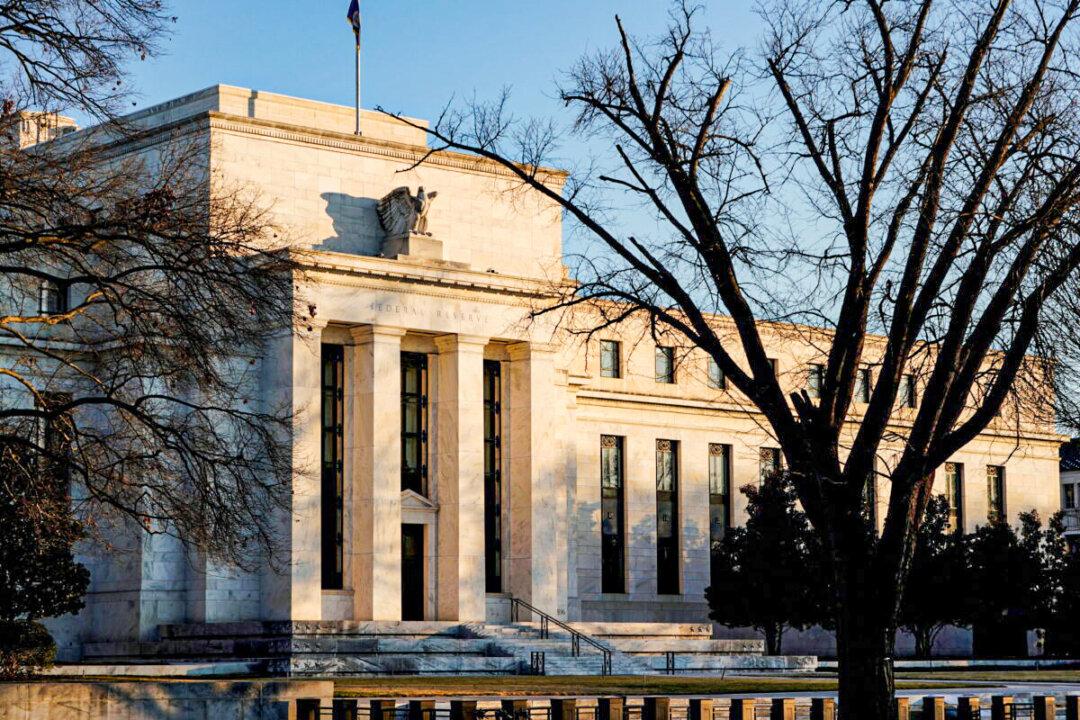Commentary
There’s hardly a week that goes by where a news outlet or pundit isn’t calling for interest rates to go significantly higher. As the Federal Reserve further cuts its monthly bond purchases from its quantitative easing program and is expected to end its purchases in March, many still believe there’s little demand for U.S. government debt. Confounding these so-called experts are the monthly Treasury debt auctions, where foreigners continue to purchase large amounts of U.S. government debt.





